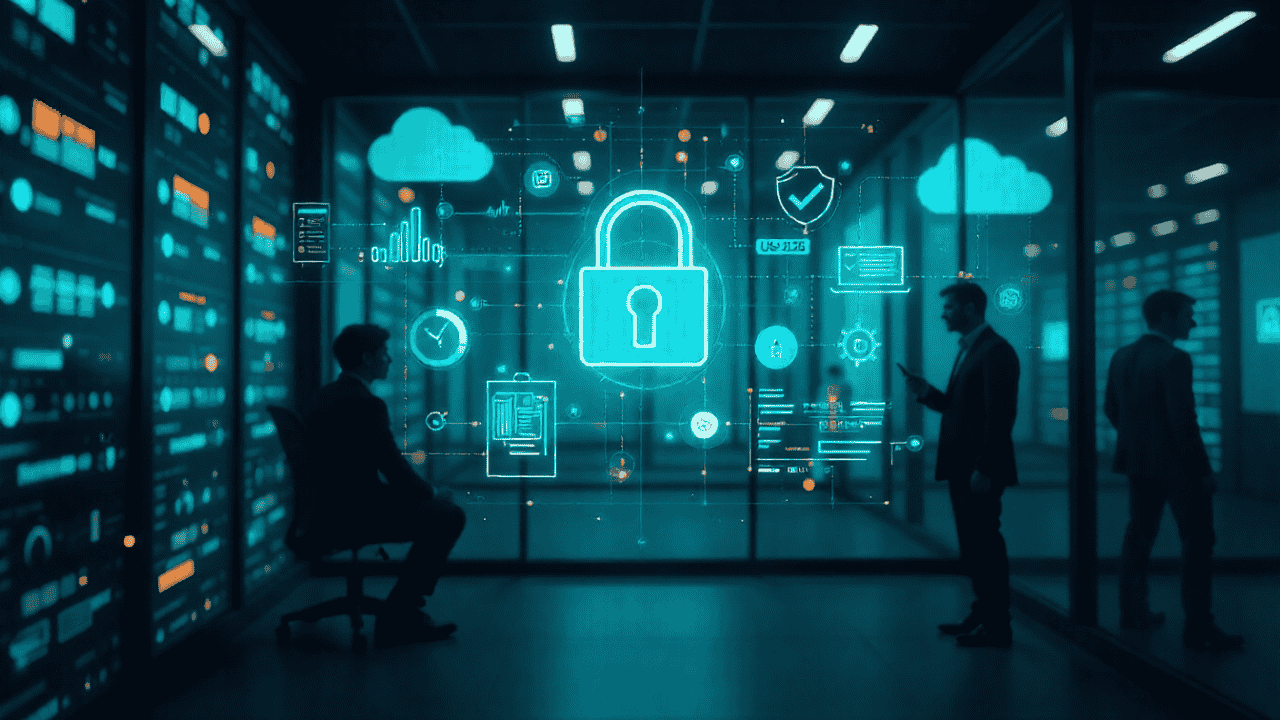.jpg)
In the rapidly evolving digital landscape, securing sensitive information and ensuring data privacy have become critical concerns for organizations worldwide. To address these challenges, internationally recognized standards have been established to guide organizations in effectively managing information security and privacy. Two prominent standards in this domain are ISO 27001 and ISO 27701. This article aims to elucidate the relationship between these two standards and how their integration can bolster an organization's overall information security and privacy posture.
ISO 27001 - Information Security Management System (ISMS)
ISO 27001 is a globally acknowledged standard that sets out the requirements for an Information Security Management System (ISMS). The primary objective of ISO 27001 is to provide a systematic and structured approach to managing and protecting sensitive information within an organization. This standard helps in identifying potential risks, implementing necessary security controls, and establishing a culture of continuous improvement in information security.
An ISMS, as defined by ISO 27001, comprises several key components :
- Risk Assessment and Management: Identifying risks related to information security and implementing measures to mitigate these risks effectively.
- Policy Development: Creating a comprehensive set of policies and procedures to guide information security efforts across the organization.
- Continuous Improvement: Regularly reviewing and updating security measures to adapt to evolving threats and technologies.
ISO 27701 - Privacy Information Management System (PIMS)
ISO 27701 extends the principles and framework of ISO 27001 to incorporate privacy considerations. It specifically addresses the management of privacy information within organizations, focusing on compliance with data privacy regulations and protecting individuals' privacy rights. The standard provides a structured approach to managing and safeguarding personal data, enabling organizations to uphold privacy principles and comply with applicable laws and regulations. Key components of ISO 27701 include:
- Privacy Risk Assessment: Identifying and assessing privacy-related risks to personal data, allowing for targeted risk management strategies.
- Data Protection Measures: Implementing appropriate measures to protect personal data from unauthorized access, disclosure, alteration, and destruction.
- Compliance with Privacy Laws: Ensuring compliance with relevant privacy laws and regulations to maintain the privacy rights of individuals.
Relationship between ISO 27001 and ISO 27701
The relationship between ISO 27001 and ISO 27701 is one of integration and extension. ISO 27701 builds upon the foundation of ISO 27001, adding specific privacy-focused elements.
- The integration enables organizations to address both information security and privacy in a comprehensive manner within a single management system. By combining the strengths of both standards, organizations can achieve a more robust and all-encompassing approach to managing their information assets.
- ISO 27701 extends the ISMS framework to include privacy considerations seamlessly. While ISO 27001 primarily focuses on securing information, ISO 27701 adds the essential dimension of privacy, ensuring that personal data is handled and protected in accordance with applicable privacy laws and best practices.
Benefits of Implementing Both ISO 27001 and ISO 27701
The implementation of both ISO 27001 and ISO 27701 offers a range of benefits for organizations:
- Enhanced Risk Management and Compliance: The integration of both standards allows for a more comprehensive understanding and management of risks related to both information security and privacy. Organizations can comply with multiple regulatory requirements, enhancing overall risk management practices.
- Alignment with Global Data Privacy Regulations: ISO 27701 assists organizations in aligning their practices with various data privacy regulations such as the GDPR, CCPA, and others. This alignment is critical for organizations that operate globally and need to adhere to diverse legal frameworks.
- Demonstrated Commitment to Information Security and Privacy: Implementing both standards showcases an organization's commitment to safeguarding both information and privacy, instilling trust and confidence among stakeholders, clients, and customers.
Tips for Practical Implementation
To effectively implement both ISO 27001 and ISO 27701, organizations should consider the following tips:
- Integrated Approach: Ensure a cohesive implementation of both standards by aligning the privacy objectives and controls with the existing ISMS structure.
- Collaboration and Training: Encourage collaboration between information security and privacy teams to achieve a harmonized approach. Provide training to employees to understand and implement the integrated framework effectively.
- Regular Audits and Updates: Conduct regular audits to assess the performance of the integrated management system and make necessary updates to adapt to changing requirements and risks.
In a world where data breaches and privacy violations are constantly making headlines, implementing robust information security and privacy management systems is imperative. ISO 27001 and ISO 27701, while distinct in their focus, complement each other seamlessly, providing a holistic approach to managing information security and privacy. By integrating these standards, organizations can achieve a more robust and efficient management system that instills confidence in stakeholders and ensures the protection of critical information and personal data. Embrace this integrated approach to fortify your organization's defenses against evolving cyber threats and regulatory challenges.

 +91 9594449393
+91 9594449393 +1 4847906355
+1 4847906355 +63 9208320598
+63 9208320598 +44 1519470017
+44 1519470017 +84 908370948
+84 908370948 +7 9639173485
+7 9639173485 +62 81808037776
+62 81808037776 +90 5441016383
+90 5441016383 +66 993367171
+66 993367171 +254 725235855
+254 725235855 +256 707194495
+256 707194495 +46 700548490
+46 700548490


.jpg)